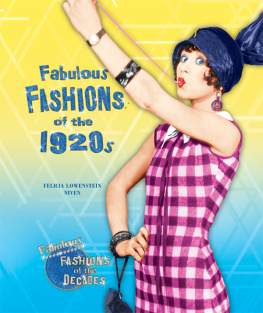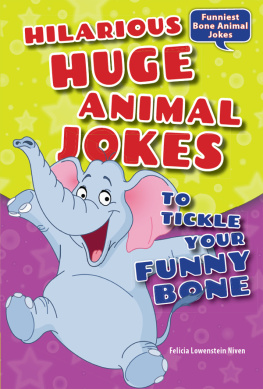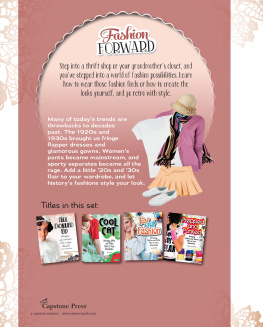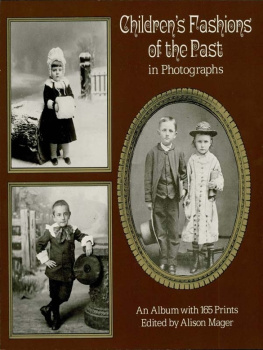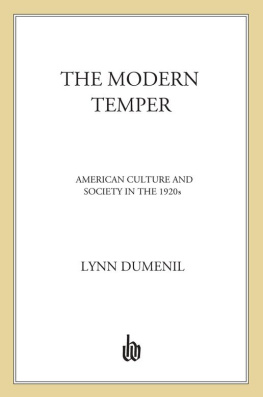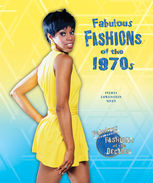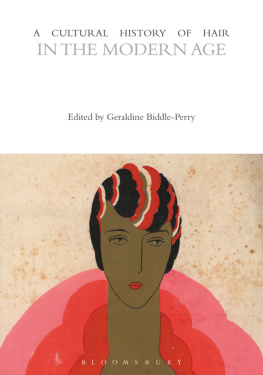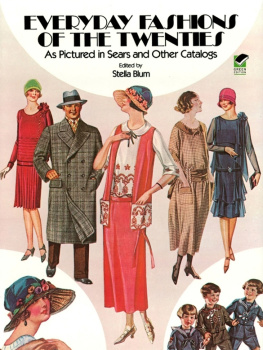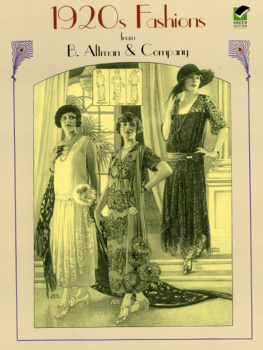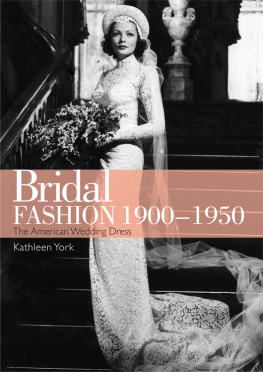JAZZY FASHION and Flapper FADS
In the 1920s, women shed the long, restrictive garments of the decade before and embraced more boyish looks. They bobbed their hair and wore short, loose dresses and crazy patterned stockings. Prohibition may have outlawed alcohol, but that did not stop people from having a good time. Jazz, the Charleston, and speakeasies were all the rage. Read about the glamorous fashions, crazy fads, and pop culture icons of the 1920s!
About the Author
Felicia Lowenstein Niven is a professional freelance author who enjoys writing for young people. She has been published in many magazines and also has a teaching degree for grades K-8.
The 1920s

Image Credit: Mary Evans Picture Library/Alamy
Crossword puzzles were all the rage in the 1920s. This illustration even shows the dog sporting the look!
You might know someone who is very girly. She probably likes ribbons and flowers and a more romantic style of dress. You also probably know someone who is a tomboy. She prefers a boyish way of dressing.
The 1920s had both. There was a traditional feminine style and a modern boyish one. Women chose the style that suited them best. But feminine and boyish styles in the 1920s were much different from todays fashion.
For example, womeneven those who liked the boyish lookdid not usually wear pants. If you were a woman wearing pants, it was likely you were going to the beach. The style was called beach pajamas. Otherwise you would not see women dressed that way.

Image Credit: Corel Corporation
Boyish looks for women meant straight dresses that showed some leg. Feminine designs had billowing skirts, which reached just above the ankle. That was the basic style. But then there was a variety of fads.

Image Credit: Library of Congress
Although the womens bathing suits of the 1920s showed off more skin than the ones from the previous decades, they were still fairly conservative. Some beaches even had length requirements. Sometimes, a tape measure was used to make sure a womans bathing suit was not more than six inches above the knee.
Imagine a blouse without sleeves. Then cut off the bottom. You have just created a chemisette, or mini-blouse. Women in the 1920s tucked chemisettes behind the necklines of their clothes. It looked like they were wearing blouses underneath. That may sound strange to you, but it was very popular at the time. It was also practical. Chemisettes were not as bulky as full blouses.
Women did not wear pants, but boys often wore knee-length pants known as knickers. Men wore plus fours, which were knickers with an extra four inches of material. When they were fastened at the knee, they ballooned out. This style was more relaxed, and so were the 1920s.
Just look at the bathing suits. Before this time, women wore long skirts to the beach. In the 1920s, bathing suits, and even beach pajamas, showed off figures. Suits had short skirts with shorts underneath and came down to the mid-thigh. It was fashionable to wear heeled shoes with a suit. Now that was a crazy fad!

Image Credit: The Granger Collection, NYC All rights reserved
Women loved to wear crazy patterned stockings that matched their outfits.
But maybe the craziest fad of all had to do with stockings. Back then, stockings were made of silk or cotton because nylon had not been invented yet. But the material was not the fad. It was the patterns. These are not patterns you might typically expect on stockings. One popular pattern was the crossword puzzle. But girls with boyfriends would do something even crazier. They would get their boyfriends faces printed on their stockings! What if they broke up?
Women wore their hair long for centuries. But there was a sense of freedom in the air. World War I had ended. Some women had already cut their hair short, starting back in 1915. More and more women would do so in the 1920s, encouraged by role models in society.
Short hairstyles for women may not seem new to you. But back then, womens salons did not even know how to cut hair short. So women would go to mens barbershops. The cut was called a bob, probably because it was a word used when cutting a horsetail short. Barbers would bob womens long hair in a similar way.

Image Credit: Dover Publications, Inc./Sears
Women wore their hair bobbed in a short blunt cut. Some got a permanent wave to make their hair curly as well as short. Hairstyles ranged from chin-length to very closely cropped to the head. The bob worked well with the fashions of the time, including the hats.

Image Credit: Mary Evans Picture Library/Everett Collection
Silent film star Esther Ralston (19021994) wore her hair in a wavy bob.
Even women who kept their long hair wore it up. They decorated it with hair ornaments. It seemed that long flowing locks were definitely a thing of the past.
When dancer Irene Castle cut her hair short, it was for convenience. After all, brushing and pinning up long hair took time. Little did she know that women everywhere would be taking note. The Castle bob was a blunt cut. The hair was cut straight across, just underneath the ears, all around the head. Castle wore it curly with hair brushed off to the side. Women could also wear it with bangs.
Other celebrities followed suit. Silent film actress Clara Bow and Parisian clothes designer Coco Chanel both bobbed their hair. In New York City, there were reports of up to two thousand bobs being cut each day!
Writer F. Scott Fitzgerald even wrote a story about it. Bernice Bobs Her Hair revolved around a young lady who was tricked into bobbing her hair, which at the time was a scandalous thing to do. The fictional account appeared in the Saturday Evening Post.
Image Credit: Shutterstock
Not everybody liked the bob. Some people thought short hair meant the women were risqu, or indecent. As a result, some employers fired workers with bobbed hair. Some husbands divorced their wives. Preachers spoke about it. Parents complained that they could not tell their daughters from their sons.
Eventually, the controversy died down. This led the way for todays stylish womens haircuts.

The bobby pin was invented to keep bobbed hair looking neat.
The Dutch boy was another kind of bob hairstyle. It was named for the look that Americans associated with a young Dutch boy, as shown on the Dutch Boy brand paint can.

